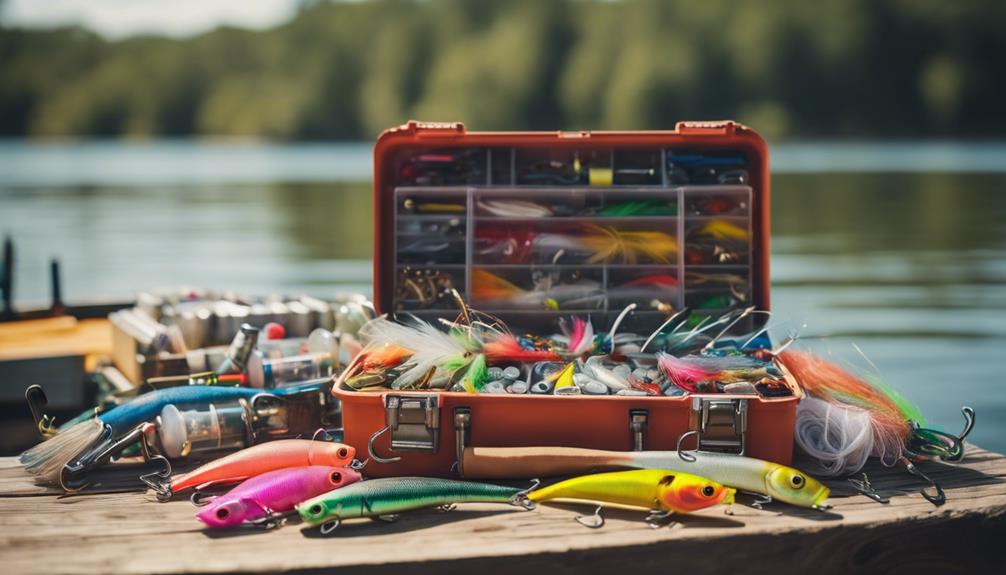Understanding Tarpon and Their Habitats
Tarpon fly fishing is an exhilarating experience that attracts anglers from around the globe. The tarpon (Megalops atlanticus) is a large fish species found in warm coastal waters, particularly in the Atlantic Ocean, Gulf of Mexico, and Caribbean Sea. Known for their acrobatic leaps and strong fighting abilities, tarpon can grow up to 8 feet long and weigh over 280 pounds. They thrive in various environments, including estuaries, lagoons, and mangrove-lined coastlines. Understanding the habitats where tarpon reside is crucial for successful fly fishing. Look for these fish in areas with abundant baitfish, where the water is warm, and currents are moderate. Knowing where to find tarpon is the first step toward a successful fishing adventure.
The Best Times for Tarpon Fly Fishing
Timing is everything when it comes to tarpon fly fishing. The prime season for targeting tarpon varies by location but generally falls between late spring and early summer. In Florida, for example, the migration of tarpon usually peaks from April to June. During these months, large schools of tarpon gather around passes, beaches, and inshore waters, making them highly accessible to anglers. Additionally, early morning and late evening are often the best times to fish, as tarpon are more active during these hours. Understanding these seasonal patterns will help you plan your fishing trips and maximize your chances of encountering these magnificent fish.
Essential Gear for Tarpon Fly Fishing
When preparing for tarpon fly fishing, having the right gear is essential. A sturdy fly rod, typically between 10 to 12 feet long, is recommended, along with a matching reel that can handle the intense fights these fish put up. Tarpon are strong, so a reel with a solid drag system is crucial. As for the fly line, a weight-forward floating line is ideal for casting larger flies. Additionally, tarpon require strong tippet material—20 to 30-pound test fluorocarbon is a popular choice. Lastly, selecting the right flies is essential; patterns that mimic baitfish, such as clouser minnows or tarpon toads, are effective. Equipping yourself with the right gear will significantly enhance your tarpon fly fishing experience.
Techniques for Successful Tarpon Fly Fishing
Mastering various techniques is vital for successful tarpon fly fishing. One effective method is the “mending” technique, which involves adjusting the line on the water’s surface to ensure a natural presentation of the fly. Additionally, anglers often use a “strip-set” technique instead of a traditional hook set, as tarpon have tough mouths that can easily tear hooks out. It is also essential to be patient and wait for the fish to take the fly fully before setting the hook. Observing tarpon behavior can provide insights into their feeding patterns, helping you adapt your approach accordingly. Developing these skills will increase your chances of landing a tarpon and make your fishing experience more enjoyable.
Choosing the Right Flies for Tarpon
Selecting the right flies is critical in the world of tarpon fly fishing. Tarpon are opportunistic feeders, primarily consuming small fish and crustaceans. Popular fly patterns include the tarpon toad, which mimics a small baitfish, and the deceiver, known for its lifelike movements in the water. Bright colors such as chartreuse, pink, and white tend to attract tarpon effectively. Additionally, flies that sink quickly can be beneficial when targeting deeper waters. Experimenting with different patterns and colors can help you identify what works best on a particular day. Incorporating a variety of flies into your tackle box will prepare you for any fishing conditions you may encounter.
Conservation and Ethical Practices in Tarpon Fly Fishing
As tarpon fly fishing grows in popularity, it is crucial to emphasize conservation and ethical practices. Tarpon are a catch-and-release species in many areas, primarily due to their ecological importance and vulnerability to overfishing. Anglers should handle these fish carefully, minimizing stress and injury. Using barbless hooks can help facilitate a quick release, and keeping the fish in the water as much as possible during the photo opportunity is recommended. Additionally, anglers should be aware of local regulations regarding tarpon fishing, as many regions have specific guidelines to protect these magnificent creatures. Practicing sustainable fishing not only preserves tarpon populations but also ensures that future generations can enjoy this exciting sport.
Top Destinations for Tarpon Fly Fishing
When it comes to tarpon fly fishing, numerous destinations around the world offer incredible opportunities. The Florida Keys is perhaps the most famous location, known for its abundant tarpon populations and stunning scenery. Other notable spots include Boca Grande Pass, renowned for its large migratory tarpon, and the waters around Islamorada, where anglers often find schooling fish. Outside the United States, places like the Bahamas, Mexico, and Costa Rica also provide excellent tarpon fishing experiences. Researching the best times and locations to fish in these areas will enhance your chances of landing a trophy tarpon and create unforgettable memories.
Join the Tarpon Fly Fishing Community
Engaging with the tarpon fly fishing community can greatly enhance your experience and knowledge. Joining local fishing clubs, participating in online forums, and attending fishing expos can provide valuable insights and tips from experienced anglers. Additionally, following social media pages and blogs dedicated to tarpon fly fishing can keep you updated on the latest techniques, gear reviews, and destination highlights. Networking with fellow anglers can lead to unforgettable fishing trips and lifelong friendships. By immersing yourself in the tarpon fishing community, you can continue to learn and grow as an angler, ensuring you enjoy this thrilling sport for years to come.
—
In conclusion, tarpon fly fishing is a rewarding and exhilarating pursuit. By understanding the fish, employing the right techniques and gear, and practicing sustainable fishing, you can experience the thrill of landing one of the ocean’s most iconic species. Whether you are a seasoned angler or new to the sport, embracing these aspects will undoubtedly enhance your tarpon fly fishing adventures.
